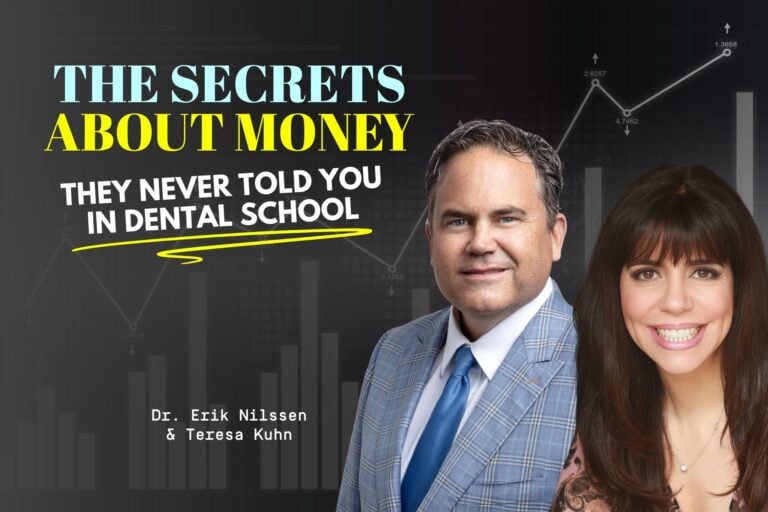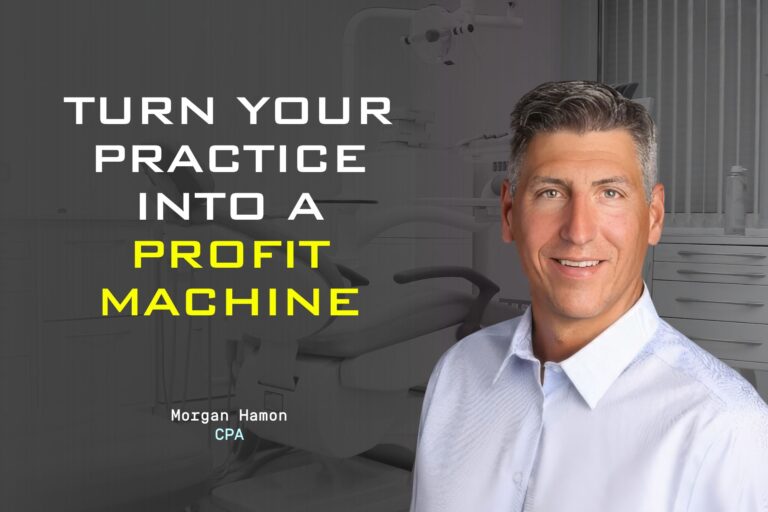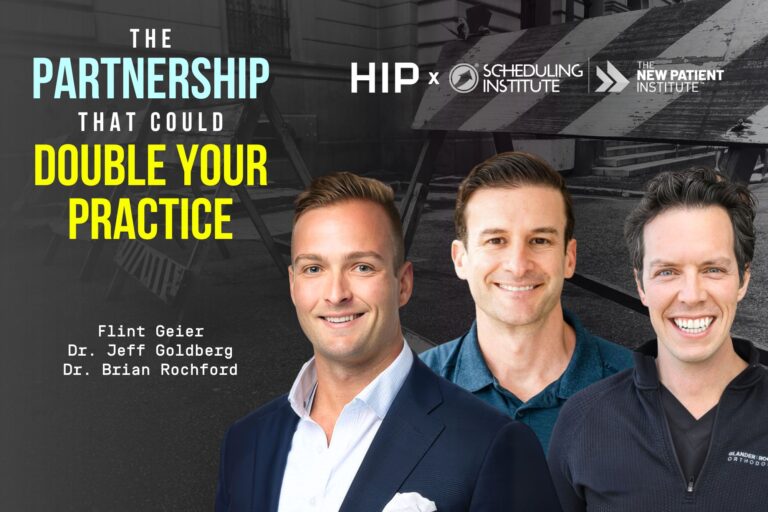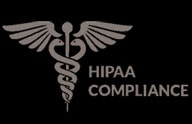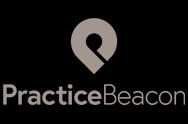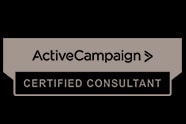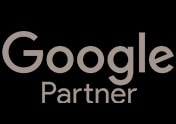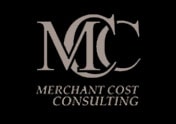Subscribe: RSS
Why High-Income Healthcare Professionals Are Financially Struggling: The Hidden Crisis in Medicine
The shocking statistics reveal a disturbing paradox in healthcare: 50% of physicians work beyond age 65 because they have to, despite earning in the top 1% of incomes for over 30 years. With over 400 physician suicides annually and financial stress ranking as the second leading cause of professional burnout, it’s clear that high income doesn’t guarantee financial security for doctors, orthodontists, and other healthcare professionals.
This crisis affects thousands of highly educated professionals who’ve mastered complex medical procedures but remain financially illiterate despite impressive incomes. The result? A generation of healthcare providers trapped in what experts call “golden handcuffs” – looking wealthy on paper while actually running on a dangerous financial treadmill.
The Educational Gap: 27 Years of School, Zero Financial Training
Dr. Erik Nilssen, an orthopedic surgeon and financial educator, highlights a critical flaw in medical education: “I personally went to the 27th grade and I never had a class on how to invest or why to invest or what does retirement really look like.”
This educational blind spot is systematic across healthcare professions. Medical schools, dental schools, and orthodontic programs excel at teaching clinical skills but completely ignore business and financial realities. Students spend over a decade learning to treat patients but graduate without knowing how to manage wealth or build financial security.
Teresa Kuhn, a wealth strategist specializing in high-income professionals, traces this problem to its psychological roots: “We’re programmed to be consumers at a very, very young age, as opposed to thinking long term about what lifestyle do you want to live, what outcome do you want?”
The Lifestyle Inflation Trap: From Broke to Rich to Broke Again
The transition from broke medical student to high-income professional creates perfect conditions for financial disaster. After years of delayed gratification and accumulating massive student debt, new healthcare professionals suddenly have access to credit and income they’ve only dreamed about.
Dr. Nilssen describes the psychological trap: “You make nothing as a resident, you’re broke, you have all this debt, and then one day you get a paycheck which is more than you’ve made your entire life… and then you start buying the goods and feeling good and lifestyle creep kicks up and now you’re stuck in this system.”
The mathematics are brutal. When professionals reach their 50s and 60s wanting to retire or reduce their workload, many discover their balance sheet cannot support their lifestyle. This creates a vicious cycle where high earners feel trapped by their own success – making more money than ever but having less financial freedom due to high fixed costs.
The Burnout-Finance Connection: Why Money Problems Are Killing Doctors
The connection between financial stress and physician burnout isn’t coincidental – it’s systematic. Current healthcare economics create an impossible equation, as Dr. Nilssen explains: “With insurance companies dropping reimbursements, cost of practices increasing, so overheads increasing, reimbursements are going down. That mathematical equation over time doesn’t add up.”
This financial pressure contributes to an epidemic of professional burnout affecting 80-90% of physicians. The human cost is devastating: “Burnout leads to depression. And then depression leads to what? There’s over 400 physician suicides a year. That’s one a day,” states Dr. Nilssen.
Healthcare professionals often ignore biological realities that affect their earning capacity over time. Teresa Kuhn observes: “When you’re young, you do feel invincible… But physically, biologically, hormonally, it’s not true.” Risk tolerance decreases with age just when wealth-building strategies need to accelerate, creating a dangerous mismatch between financial obligations and earning capacity.
The “Bucket System”: Why Income Optimization Isn’t Everything
Most high-income healthcare professionals make a fundamental error: focusing exclusively on increasing income rather than optimizing their entire financial system. Dr. Nilssen uses a powerful analogy: “Imagine you have a bucket… Every one of us has a bucket and that bucket has money in it. Unfortunately most are trained to focus strictly on the inflow… They never stop to look at the holes that are coming out of the bucket.”
Those holes represent taxes, unnecessary expenses, and interest payments to outside institutions. The revelation is that professionals can often increase wealth faster by “plugging holes” than by working harder or earning more.
Teresa Kuhn reinforces this with practical mathematics: “A successful orthodontist dentist can bring home half a million dollars a year… 500,000 in 10 years is $5 million. It’s how is that $5 million allocated in a way to build the asset on the balance sheet as opposed to the $5 million going to the cars and the houses and the consumerism trap.”
Breaking Free: From Financial Pawn to Wealth Builder
High-income healthcare professionals often unknowingly serve as “pawns” in everyone else’s wealth-building game. Dr. Nilssen explains: “Think of your practice as a pie… In the center of this pie is the physician. There’s no X-rays taken unless you order it. There’s no procedures done unless you do them… So you’re the center of this whole operation where everybody’s making money off you.”
His solution involves systematic ownership: “I went one by one and said, well, instead of renting the building, maybe I can own a building. Instead of sending X rays over there, maybe I can own the X ray machine… Maybe I can own my own surgery center instead of them making all the money.”
Building Your Financial Foundation: The Pyramid Approach
Teresa Kuhn emphasizes building a solid foundation first: “I always use the financial pyramid. I talk about building the foundation first… You’re not going to build a house and have beautiful furniture if you don’t have a great foundation.”
For healthcare professionals, this foundation includes:
- Proper disability insurance (protecting income-producing ability)
- Liability insurance (protecting accumulated assets)
- Proper business structure (tax optimization and asset protection)
Once the foundation is solid, both experts advocate for alternative wealth-building strategies, including using cash value life insurance as a personal banking system.
Your 90-Day Financial Recovery Plan
Immediate Actions (Day 1): Define your actual financial goals beyond just “more money.” Write down what you want and why it matters personally.
30-Day Goal: Implement the bucket analysis – track every dollar going out for 30 days and identify the biggest “holes” in your financial system.
60-Day Goal: Find mentors outside your profession who have achieved financial independence and challenge conventional financial wisdom that isn’t working.
90-Day Goal: Choose and implement one wealth-building system – automate asset building before lifestyle spending and explore ownership opportunities.
The Path Forward: Long-Term Thinking for Healthcare Professionals
The financial crisis among high-income healthcare professionals isn’t a failure of intelligence – it’s a failure of education, mindset, and systems. The same analytical abilities that make someone an excellent clinician can absolutely solve financial problems when applied correctly.
As Dr. Nilssen demonstrates: “I’m 51 and I’m completely debt free. I don’t have any debt at all. And I own everything… I got options and choices… and my kids have options.”
The choice is clear: remain a high-income, low-net-worth professional trapped in golden handcuffs, or become a truly wealthy individual with options, freedom, and security. The tools and knowledge exist – the question is whether you’ll apply the same intelligence that made you successful in healthcare to building lasting wealth.
Remember Dr. Nilssen’s father’s wisdom: “It’s not how much you make, it’s how much you hang on to.” Stop being trapped by your income and start building real wealth that provides true financial freedom.

